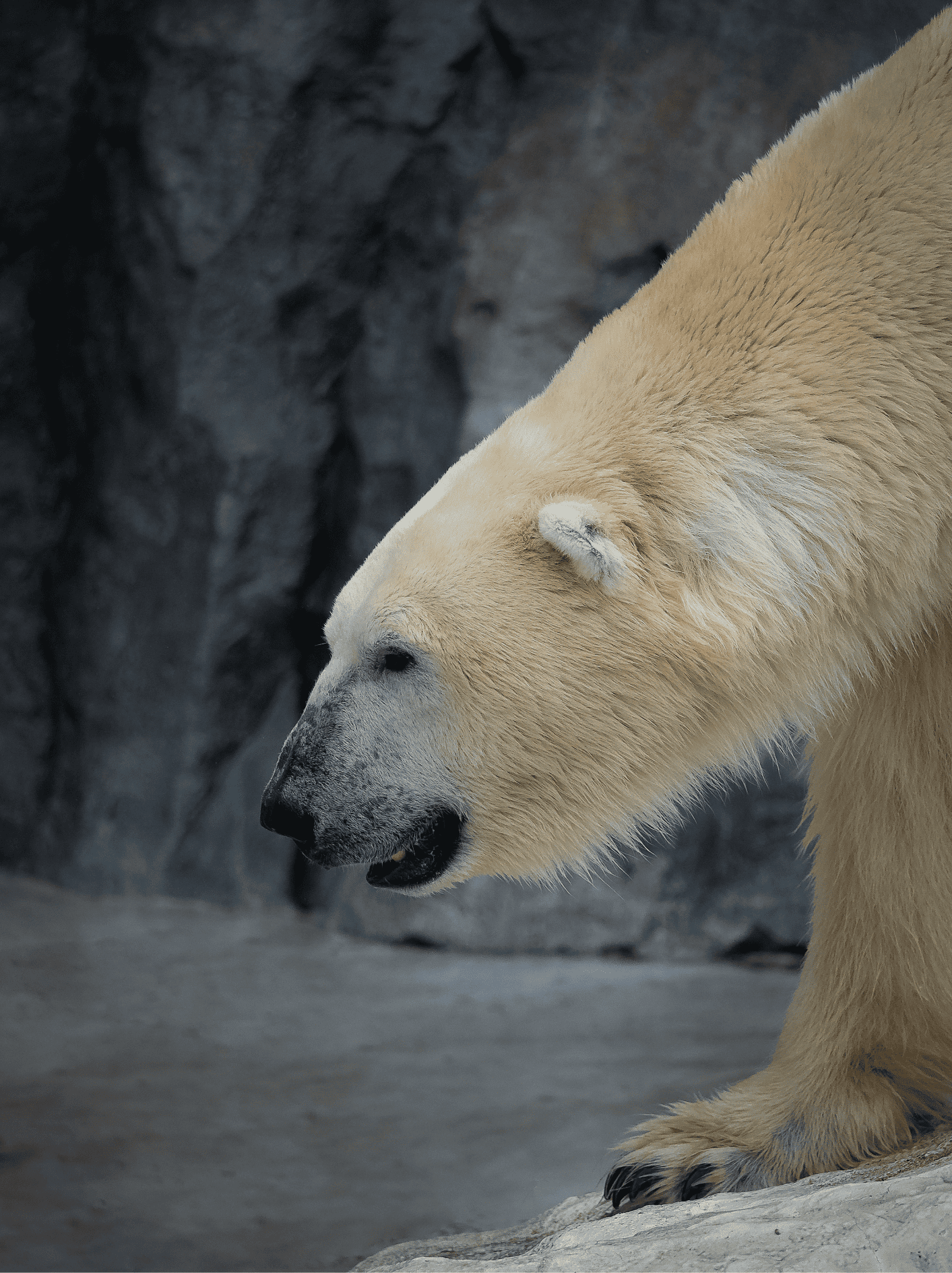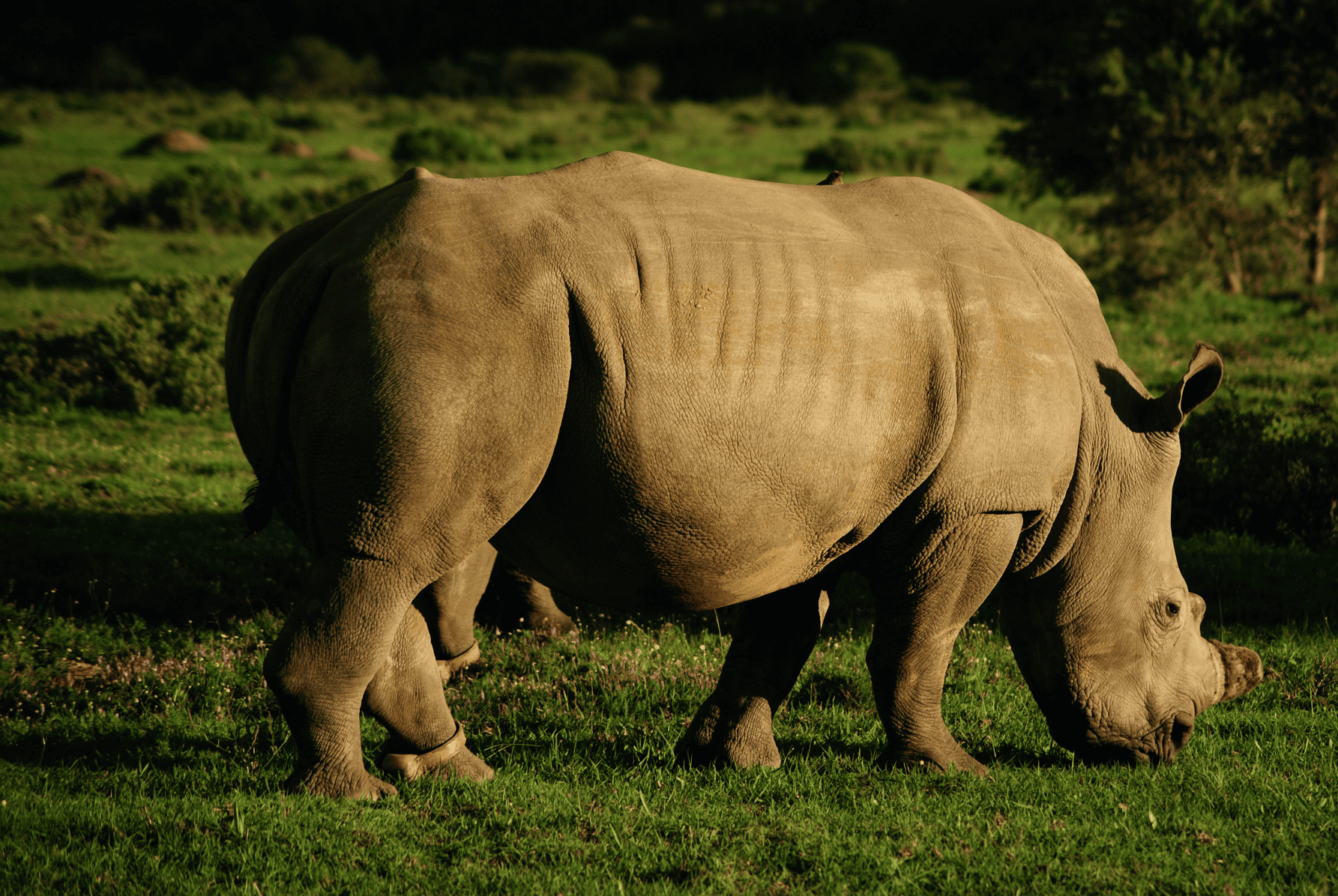
Bears are some of the most iconic and powerful creatures in the animal kingdom, symbolizing strength, resilience, and adaptability. Found across North America, Europe, and Asia, these majestic mammals inhabit diverse environments, from dense forests to icy tundras. With their thick fur and robust bodies, bears are built to thrive in some of the planet’s harshest conditions.
Bears are incredibly versatile in their diets, ranging from berries and nuts to fish and small mammals. This omnivorous nature allows them to adapt to seasonal changes and fluctuating food availability. Some species, such as the polar bear, are specialized hunters, relying almost exclusively on seals, while others, like the grizzly bear, forage for food in vast landscapes.
One of the most fascinating behaviors of bears is hibernation. During the colder months, many species enter a state of deep sleep, conserving energy while relying on fat reserves accumulated during the warmer seasons. This adaptation showcases their incredible ability to survive and thrive in challenging environments.

The rhinoceros, with its massive size and iconic horn, is one of nature’s most awe-inspiring creatures. Found in Africa and Asia, rhinos inhabit grasslands, savannas, and tropical forests, where they play a critical role in shaping their ecosystems. These giants are symbols of strength and endurance, representing the ancient ties between modern wildlife and their prehistoric ancestors.
Rhinos are herbivores, feeding on grasses, shrubs, and tree leaves. Their grazing habits help maintain the balance of vegetation, preventing overgrowth and supporting the habitats of smaller animals. Despite their imposing size and armor-like skin, rhinos are surprisingly gentle and solitary creatures, spending much of their time grazing or wallowing in mud to cool off and protect their skin from insects.